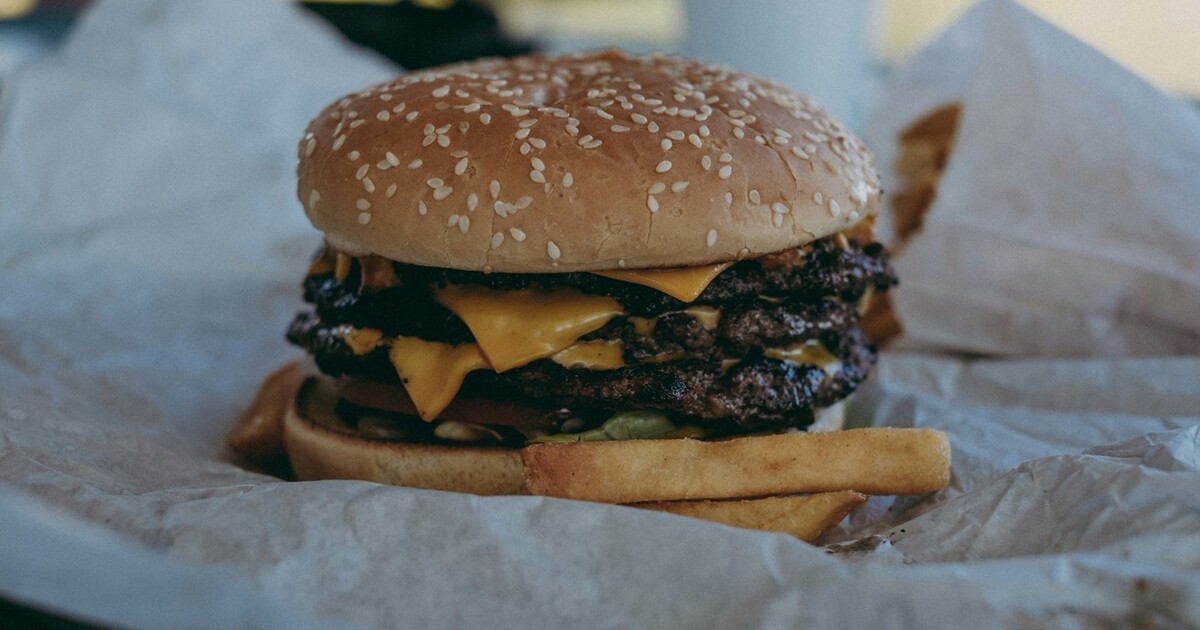Calories: Why So Many Fewer in the 1970s?
A look at how food marketing, policy failures and global shifts have reshaped our diets — and our health.
August 16, 2025

In the last five decades on both sides of the Atlantic, the marketing of junk food to children remains largely unregulated.
The rise of fast food
Driven by the increased consumption of fast food, in the United States, the calories from eating out have almost doubled from 18% to 32% — a figure that should have featured as an element in what used to be the Food Pyramid.
This was a design to guide consumers to healthy eating but was abandoned in 2005 for being outdated — not to mention incomprehensible.
Some new visual might usefully reveal the reverse — just how much consumption of fresh fruit and vegetables has declined in the United States and the UK, with less than a fifth of adults in Britain meeting the recommended 5 daily portions of fruit and veg.
Government efforts and policy failures
Between the early 1990s and 2020, the British government published almost 700 obesity policies. Yet in that time, there was no reduction in obesity nor in health-related inequalities between the different strata of society.
Governments are fearful legislation will drive up food costs, reduce competition and consumer choice and irritate the wealthy industrial food complex that finances their election campaigns, affecting jobs and driving down growth.
Global obesity trends and regulatory gaps
In 2022, over one billion people worldwide were living with obesity, says the World Obesity Federation. Since 1980, obesity rates in women have more than tripled globally, quadrupled in men and increased tenfold in children and adolescents.
The marketing of junk food to children remains self-regulated in the United States, so perhaps the figure is not surprising. Although food marketing is not entirely unregulated in the UK, there are so many loopholes in the law that regulation surrounding it has become too complex to implement effectively.
Despite this, in the last two decades, death from heart disease has declined in the United States by 77% and in the UK by 30%. In the United States, this is in part because of the ban on partially hydrogenated vegetable oil and artificial trans fats, rare in British foods.
However, 100,000 premature deaths annually in the United States have been attributed to the government’s failure to restrict sodium in processed and restaurant foods.
Sugar consumption and taxation differences
You might weigh on the upside the fact that while most processed American foods are curiously sweet, just 10% more refined sugars are consumed there today than back in 1975.
Sorry to reveal this: It is only because in the United States the addition of sweetness contrived from High Fructose Corn Syrup, scarce in Europe and the UK, has rocketed.
A sugar tax is levied against soft drinks in the UK and other countries as part of a drive against childhood obesity. But in the United States, only a handful of American cities actually apply a “sugar tax.”
Rising food costs and changing meat consumption
Since 1975, the price of food in the United States and the UK has increased disproportionately as a result of inflation. In 1975, a groceries shopping basket would have cost $74.99 in the United States. Today, according to officialdata.org, that same basket would now cost about $414.43.
The UK’s Annual Report of the National Food Survey Committee records the average expenditure on food per person per week increasing from just under £2 in the first quarter of 1970 to just over £4 in the last quarter of 1975. In 2025 in the UK, the cost of food consumption at home per person per month officially is £135.70, so much less than I spend buying carefully.
In other changes, since the 1970s we are eating a third less beef, although twice as much chicken and a quarter more pork. That advertising campaign’s contention that “the other white meat” is more healthy has clearly had an impact, even though pork is scientifically classified as a red meat. And we really do not want to go into what chemicals go into chicken, do we.
Organic produce and bioengineering trends
While Walmart sells a quarter of all groceries in the United States, the organic sector accounts for 15% of all fruit and vegetables bought. By contrast, in the UK, all organic products — including meats, grains, and more, as well as fresh produce — account for a mere 1.4%.
In both the United States and the UK, fresh vegetable consumption has remained stagnant for 50 years. On the other hand, 50 years ago, nothing we ate would have been bio-engineered. Today in the United States the majority of corn, soy and canola is.
Water crisis and future food security
It is all very well to say we should all eat more fruit and veg, pulses and legumes and less meat. But there is slowly growing media coverage of a rapidly approaching global water crisis.
Kearney, a global business management consultancy, has reported on the water crisis in Beijing, where freshwater availability per capita is far below the “global water poverty” mark. Given China’s global significance and its impact on food security and supply chains, the report calls for urgent attention to Beijing’s crisis.
How will we cultivate the rice, the grains and the fruit and vegetables we need when already scarce supplies of water are being diverted to increasingly greedy data warehouses to cool down their databases? Supplies will become even more challenged as we embrace the charms of AI.
Conclusion: No clear solutions yet
I have no proposals, I’m afraid. Neither have governments who only look ahead to the length of their terms of office.
Takeaways
Since 1980, obesity rates in women have more than tripled globally, quadrupled in men and increased tenfold in children and adolescents.
In the U.S., the calories from eating out have almost doubled from 18% in the 1970s to 32% today.
Between the early 1990s and 2020, the British government published almost 700 obesity policies — with no reduction in obesity.
In both the U.S. and the UK, fresh vegetable consumption has remained stagnant for 50 years.
100,000 premature deaths annually in the U.S. have been attributed to the government’s failure to restrict sodium in processed and restaurant foods.
Governments fear that regulating the food industry will drive up costs, reduce competition and consumer choice — and upset the powerful industrial food complex that funds their election campaigns.
Since 1975, food prices in the U.S. and UK have risen sharply — from $74.99 for a grocery basket in 1975 to about $414.43 today.
It is all very well to say we should all eat more fruit and veg, pulses and legumes and less meat. But there is slowly growing media coverage of a rapidly approaching global water crisis.

